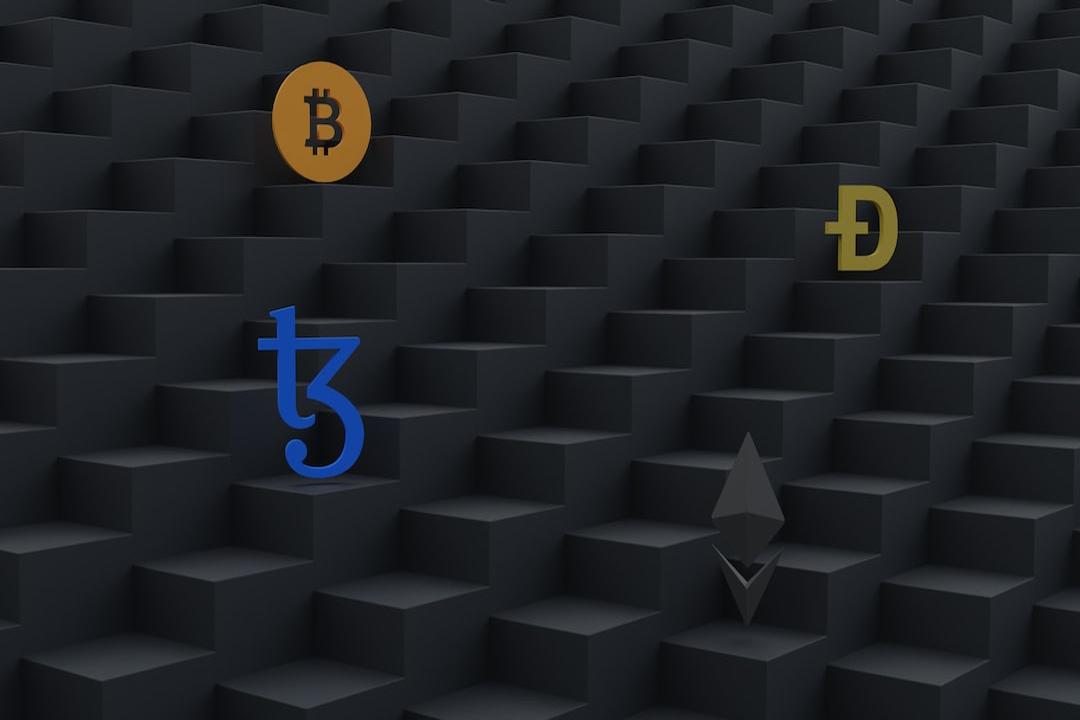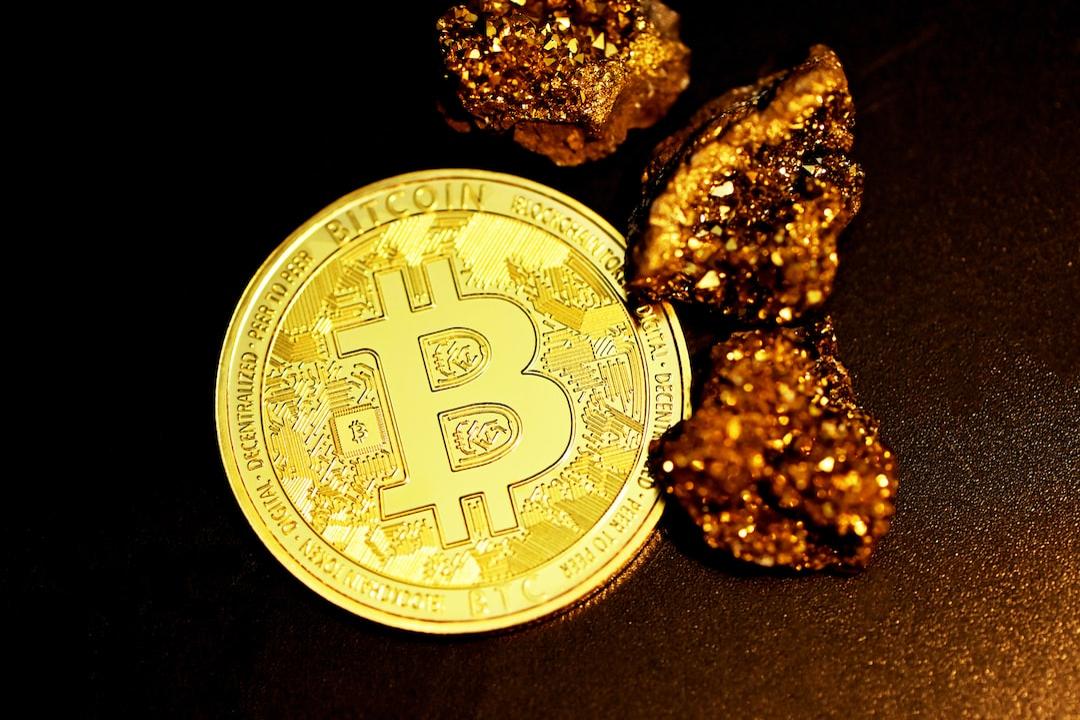Acquisition
Despite Ethereum’s continued dominance in Total Value Locked (TVL), it remains unappealing for most stablecoin transactions due to high transaction costs. Data shows:
- 92% of USDT transactions occur on the Tron chain.
- Approximately 96% of the transaction volume on the Tron network is related to stablecoins.
In contrast, while stablecoin transactions still account for a high percentage on Ethereum, it is only 70%. Additionally, some new blockchains are attempting to efficiently and cost-effectively handle stablecoin transactions, notably LaChain. LaChain operates as an alliance composed of Ripio, Num Finance, SenseiNode, Cedalio, Buenbit, and FoxBit, primarily targeting users and platforms in the Latin American region.
This also indicates that as the stablecoin market continues to mature, the ecosystem is becoming increasingly complex and diverse.
5. The Evolution of Stablecoin Payments: From Cross-Border Remittances to Local Payments
Stablecoins have become a primary tool for cross-border remittances, but today, they are increasingly being used for local payments. This involves cryptocurrency payment gateways and portals that:
- Convert stablecoins into fiat currency, or
- Allow merchants to accept stablecoin payments directly while pricing in fiat.
For example, a merchant can “accept” cryptocurrency payments, but in reality, the cryptocurrency from the transaction will be immediately converted to USD and settled into the merchant’s bank account. Of course, merchants can also directly accept stablecoin payments.
However, due to some friction in redeeming stablecoins (whether it be time or transaction fees), many companies are emerging in the market dedicated to optimizing this process, offering solutions that range from simple and efficient to complex and comprehensive.
- Pomelo (https://www.pomelogroup.com/): A platform supporting cryptocurrency debit card payments that allows users to spend directly with stablecoins.
- @zcabrams’ Bridge: Provides convenient conversions between different stablecoins, across chains, and between fiat currencies, greatly reducing friction costs for merchants and payment platforms.
- @stripe even acquired Bridge to enhance the efficiency of its own payment system.
Currently, payment gateways like Bridge are primarily used in scenarios where merchants have not yet directly accepted USDC or USDT. They help users complete the conversion first and then charge a fee.
As stablecoin payments become more prevalent and offer lower costs compared to traditional bank cards and banking systems, the usage rate of stablecoins in transactions will continue to rise. In the future, an increasing number of merchants will directly accept stablecoin payments to optimize unit economics, driving stablecoins to establish a payment system in a post-bank era.
6. Financialization of Stablecoins: How to Make Stablecoins “Appreciate”
Beyond payments and remittances, more companies are exploring how to utilize stablecoins to enhance asset utilization, such as:
- Lemon Cash: Offers @aave deposit functions, allowing users to deposit funds to earn yields.
- @MountainUSDM’s USDM: Allows stablecoin holders to earn yields and has been integrated into multiple trading platforms and payment services in Latin America.
Many trading platforms and retail financial platforms view stablecoin yields as a stable source of income, hoping to balance the income fluctuations brought about by market cycles. Traditional trading platforms heavily rely on transaction fees, which leads to skyrocketing revenues during bull markets and plummeting revenues by several orders of magnitude during bear markets.
By providing stablecoin deposit yields and related services, these platforms can achieve more stable income and reduce the impact of market volatility on their profitability.
7. The Future Development of Stablecoins?

The main non-crypto application of stablecoins is international remittances, and they are now increasingly used for payments. However, as the infrastructure for stablecoins continues to improve and become more widespread, they may also be used for savings, particularly in developing countries, where this trend is already beginning to emerge.
A few weeks ago, @tarunchitra shared a story with me: In Georgia, a convenience store owner accepts deposits in Georgian Lari (GEL), converts them to USDT, and earns interest while recording customer balances in a simple paper ledger, taking a fee from the interest. Customers can also make payments using Trust Wallet’s QR code. Notably, Georgia’s banking system is relatively healthy, yet this alternative financial model is still thriving here.
In Argentina, according to the Financial Times (FT), the total amount of cash dollars held by citizens has exceeded $200 billion, and this capital exists outside the traditional financial system. If even half of this capital enters the on-chain or crypto ecosystem, the DeFi market size would double, and the total market cap of stablecoins would increase by about 50%—and that’s just for one country. Similar situations exist in countries like China, Indonesia, Nigeria, South Africa, and India, where large informal economies or a certain level of distrust in the banking system exists.
As the use of stablecoins grows, their application scenarios are also continually expanding.
Credit Substitution:
Currently, stablecoins are primarily used for fully collateralized credit substitution, a model that is extremely rare in the global credit market. However, with new tools launched by institutions like Coinbase, KYC certification data may be used in the future to expand the credit market and potentially introduce negative credit record mechanisms (i.e., non-repayment affecting credit scores).
Yield Distribution:
Stablecoin issuers are gradually allowing yields to be “passed through” to holders, for example: USDC offers a 4.7% annual yield, and Ethena’s USDe has a dynamic yield that usually exceeds 10%.
Cross-Fiat Transactions:
Currently, many transactions have started to adopt a “dual-layer conversion” approach—for example, a transaction first converts local currency to a USD stablecoin, and then converts to the target currency (such as Argentine Pesos or Nigerian Naira).
This practice means users need to pay transaction fees twice, but as blockchain technology matures, in the future, there may be stablecoins that can be directly exchanged for target currencies to reduce costs.
As more capital flows into stablecoins, the variety of on-chain financial products will further enrich, making the application of cryptocurrencies in daily life more mainstream.
8. Challenges Facing Stablecoins
In discussing the future of stablecoins, we also need to confront some overlooked issues.
- Stablecoins Depend on the Banking System: Currently, almost all stablecoins rely on bank accounts as their underlying assets. However, the banking system itself is not absolutely safe; for instance, in 2023, USDC briefly lost its peg due to the collapse of Silicon Valley Bank (SVB), indicating that even the most trusted stablecoins may face risks from the banking system.
- Stablecoins are Widely Used to Circumvent Capital Controls and Money Laundering: If you agree that stablecoins are used to bypass capital controls and escape local currency depreciation, you are essentially acknowledging a fact—within the local legal framework, such actions may be classified as money laundering. This is an open secret, yet its legal and ethical implications have not been thoroughly explored.
- Issues of Freezing and Non-Re-issuance of Stablecoins: Currently, neither Circle (USDC) nor Tether (USDT) allows for the reissuance of stablecoins. If a user’s funds are frozen for legal reasons (e.g., involvement in a crime or deemed as proceeds of crime), those assets will not be returned to the victim, even if the latter holds court judgment documents. This treatment is highly controversial on moral grounds and may be difficult to sustain in the long run.
- Government Regulatory Pressure & CBDC Replacement Risks: Governments may demand stricter regulations on stablecoins, making them “seizable.” In the long run, Central Bank Digital Currencies (CBDCs) could become the official alternatives to stablecoins. This topic covers a wide range, which I will explore in detail in subsequent articles.
9. Truly Decentralized Stablecoins May be the Future Solution
In the coming years, regulatory pressures from governments on stablecoins will promote the development of truly decentralized and privacy-protecting stablecoins. These stablecoins will not be able to be frozen or seized unilaterally by the government and will be completely decentralized.
This may spark a new financial technology race, with the development of stablecoins potentially evolving from regulated financial instruments to truly decentralized currencies. Of course, this also means new compliance challenges.


